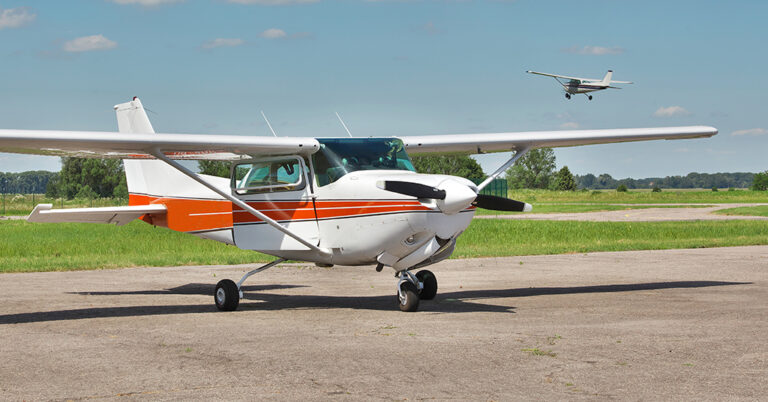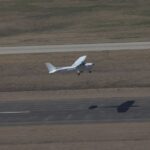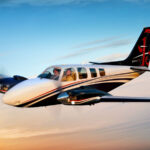Whether you are learning to fly for fun or as a career, the journey of becoming a pilot is marked by many milestones. Among these, purchasing your first airplane can be one of the most significant. The price of new single-engine airplanes has surged to well over $400,000 in recent years, making flying clubs and fractional ownership more appealing than ever. There are still ’70s and ’80s vintage airplanes out there for prices similar to a new car these days, but what many first-time buyers don’t realize is that the initial purchase price is often only a small percentage of the cost of ownership. This price can quickly double after an annual that reveals years of neglect. Let’s take a look at the unrealized expenses a plane owner can encounter and considerations that will help you be an informed buyer.
Insurance, fuel, pre-purchase inspections, broker fees, and hangar or tie-down rent are some of the most obvious initial expenses that come to mind when buying an airplane. However, not everyone understands the commitment associated with owning an aircraft. You’ll need to become familiar with the maintenance related to your specific aircraft, such as ADs, service bulletins, and manufacturers’ life-limited components, in addition to the recurring annual inspections, pitot/static and transponder tests, and oil change schedule. How many hours will you fly per year? Did you know that an engine change on an IO-360 can cost over $50,000.00 for the average single-engine airplane?
Knowing the status of your airplane’s maintenance schedule is an important part of being a pilot, and the responsibility of determining the airworthiness of an aircraft ultimately falls on you, the pilot-in-command. When the FAA starts asking questions, don’t be that pilot who stares back blankly and responds, “I don’t know; my mechanic takes care of that.” With obvious safety concerns aside, it’ll be you that the FAA takes action against if your aircraft is operated when deemed unairworthy, not your mechanic.
A mechanic’s time and expertise can be expensive.
One of the most important things an owner can do to reduce maintenance costs is to fly the aircraft regularly. In the long run, inactivity can increase maintenance costs due to the likelihood of internal engine corrosion and the drying of seals in assemblies such as shock struts, brakes, and fuel systems.
One way to get more out of your flying budget is to get involved in hands-on airplane maintenance. The Federal Aviation Regulations (FAR) permit owners to perform and sign off on several preventive maintenance tasks on their own aircraft. Preventive maintenance includes changing the engine oil and filter, changing landing-gear tires, greasing wheel bearings, replacing the landing light and navigation bulbs, and lubricating the airframe. Less common preventative maintenance tasks include changing side windows, servicing landing gear shock struts with oil, air, or both, making simple fabric repairs, patching fairings, cowlings, and cover plates, and repairing landing-light and navigation-light wiring.
Today’s digital avionics systems store catalogs of navigation and communication data that IFR pilots must update every 28 days. Preventive maintenance rules allow owners to update these databases, which can help them save hundreds of dollars each year, in addition to copious amounts of time since they no longer have to move the airplane to and from the avionics shop for the update service.
Learning how to perform even some of the 32 preventive maintenance tasks listed in Appendix A of FAR Part 43 does add to the challenge of aircraft ownership but also allows for substantial rewards. It’s recommended to find a competent and patient A&P to teach you the skills needed to become a mechanically involved airplane owner.










